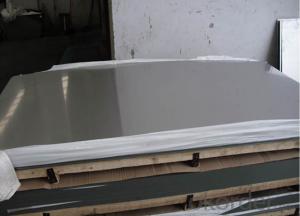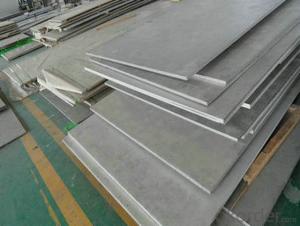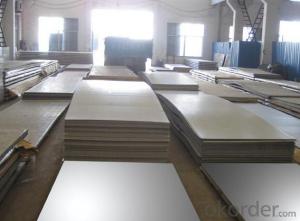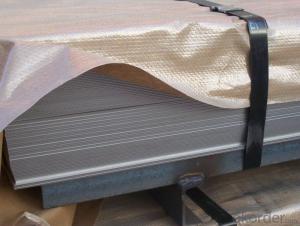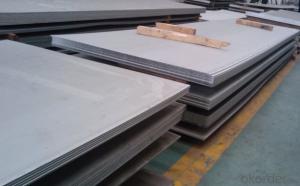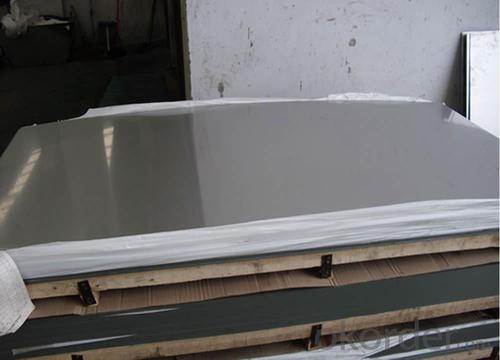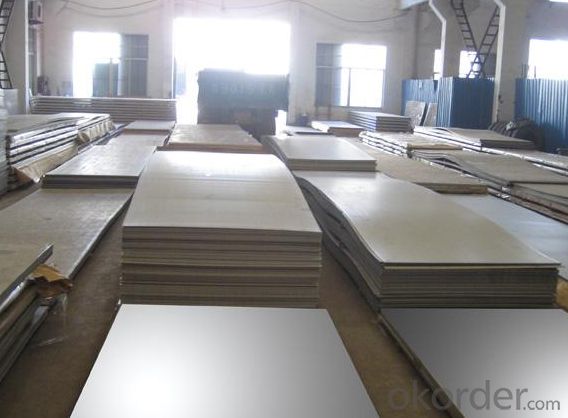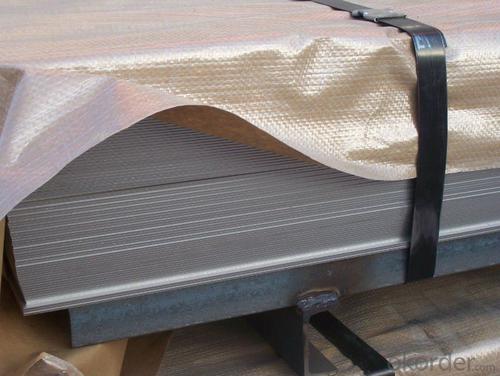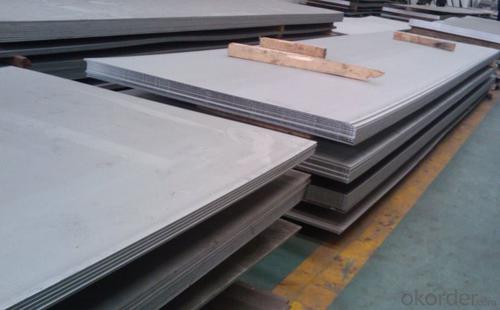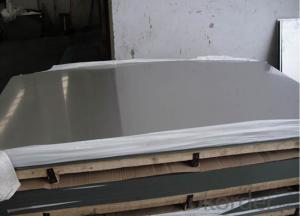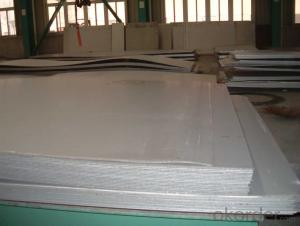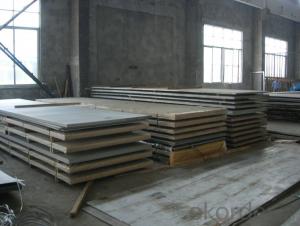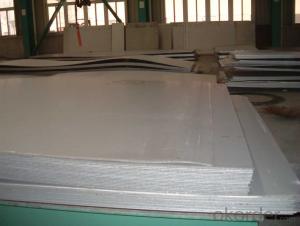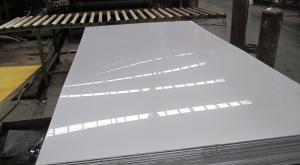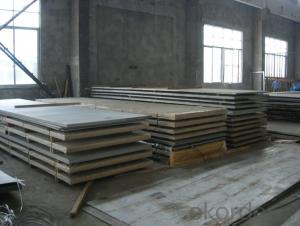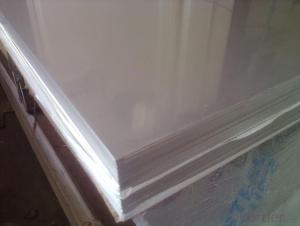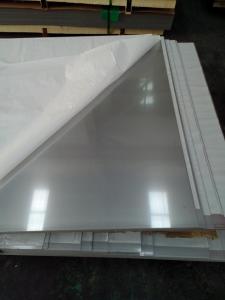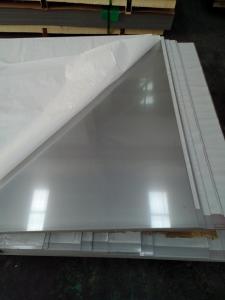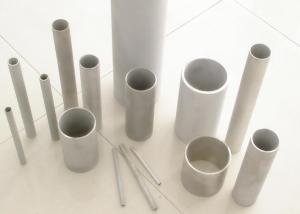Stainless steel plate/sheet 304,201,202,310,316L,316Ti,304L,410,420,430,444
- Loading Port:
- Shanghai
- Payment Terms:
- TT OR LC
- Min Order Qty:
- 500 m.t
- Supply Capability:
- 5000000 m.t/month
OKorder Service Pledge
OKorder Financial Service
You Might Also Like
Stainless steel plate/sheet
304,201,202,310S,309S,316L,316Ti,321,304L,410,420,430,444,443,409L,904L
| Description | steel sheet,hot rolled steel sheet,cold rolled steel sheet, steel sheet,sheet,steel plate |
| Standard | ASME, ASTM, EN ,BS,GB,DIN, JIS etc |
| Application | Steel sheet applies to construction field, ships building industry, petroleum & chemical industries, war and electricity industries, food processing and medical industry, boiler heat exchanger, machinery and hardware fields. |
| Packaging | Standard export sea-worthy packing |
| Delivery time | 10-30 days |
| Note | Our company has cooperative relation between the domestic agents. Stainless steel sheet can be made accordingto the customers requirements. Fasten delivery. Quality assured. |
| Quality | No.1 |
| Productivity | 1200ton/day |
| Contacts | If you have any question,please feel free contact me. |
Stainless steel sheet surface finish characteristics
| Surface finish | Characteristics and application |
| 2B | The surface brightness and flatness of no2B is better than no2D. then through a special surface treatment to improve its mechanical properties,No2B could nearly satisfy comprehensive uses. |
| No.1 | Polished with abrasive belt of grit#100-#200, have better brightness with discontinuous coarse stria, used as inner and external ornaments for building, electrical appliances and kitchen utensils etc. |
| No.4 | Polished with abrasive belt of grit #150-#180,have better brightness with discontinuous coarse stria, but thinner than No3, are used as bathtub buildings inner and external ornaments electrical appliances kitchen utensils and food processing equipment etc. |
| HL | Polished with abrasive belt of grit #150-#320 on the NO.4 finish and has continuous streaks, mainly used as buildings ornaments elevators, door of building, frontal plate etc. |
| BA | Cold rolled, bright annealed and skin-passed, the product have excellent brightness and good reflexivity like mirror, kitchen apparatus, ornament etc. |
| 8K |
Product Shows :
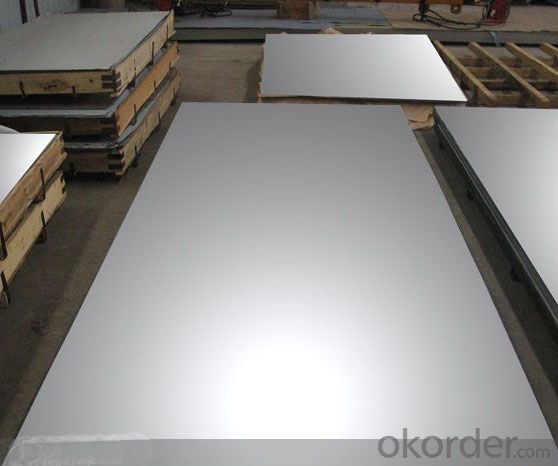
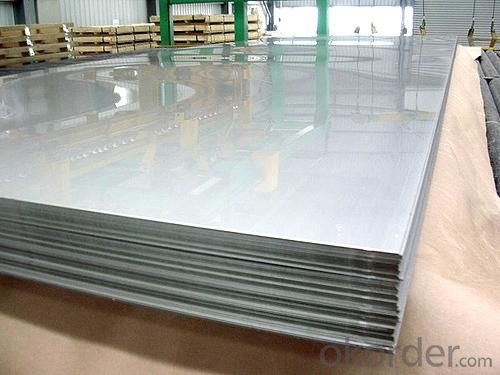

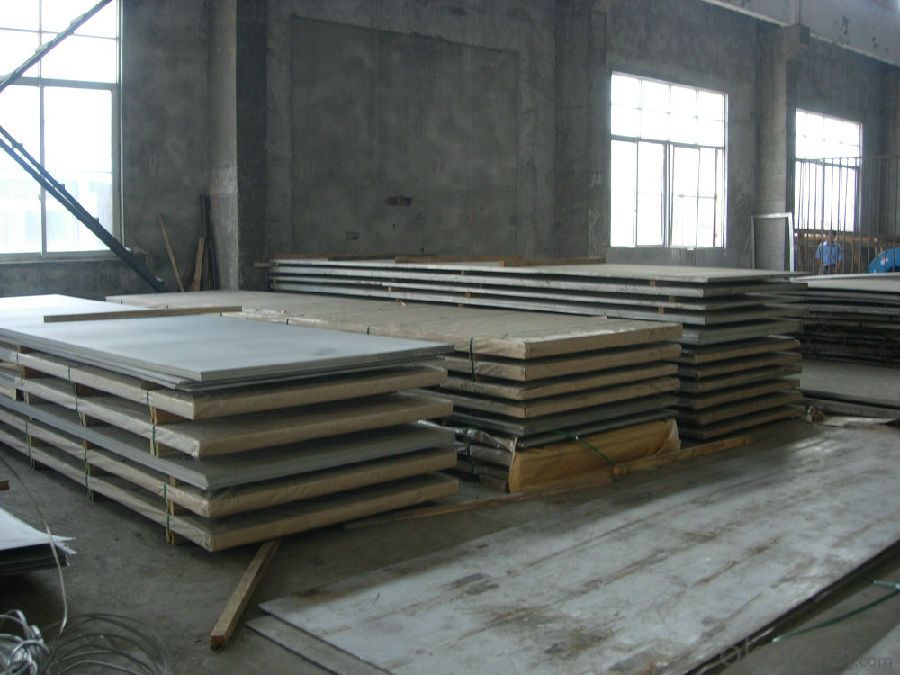
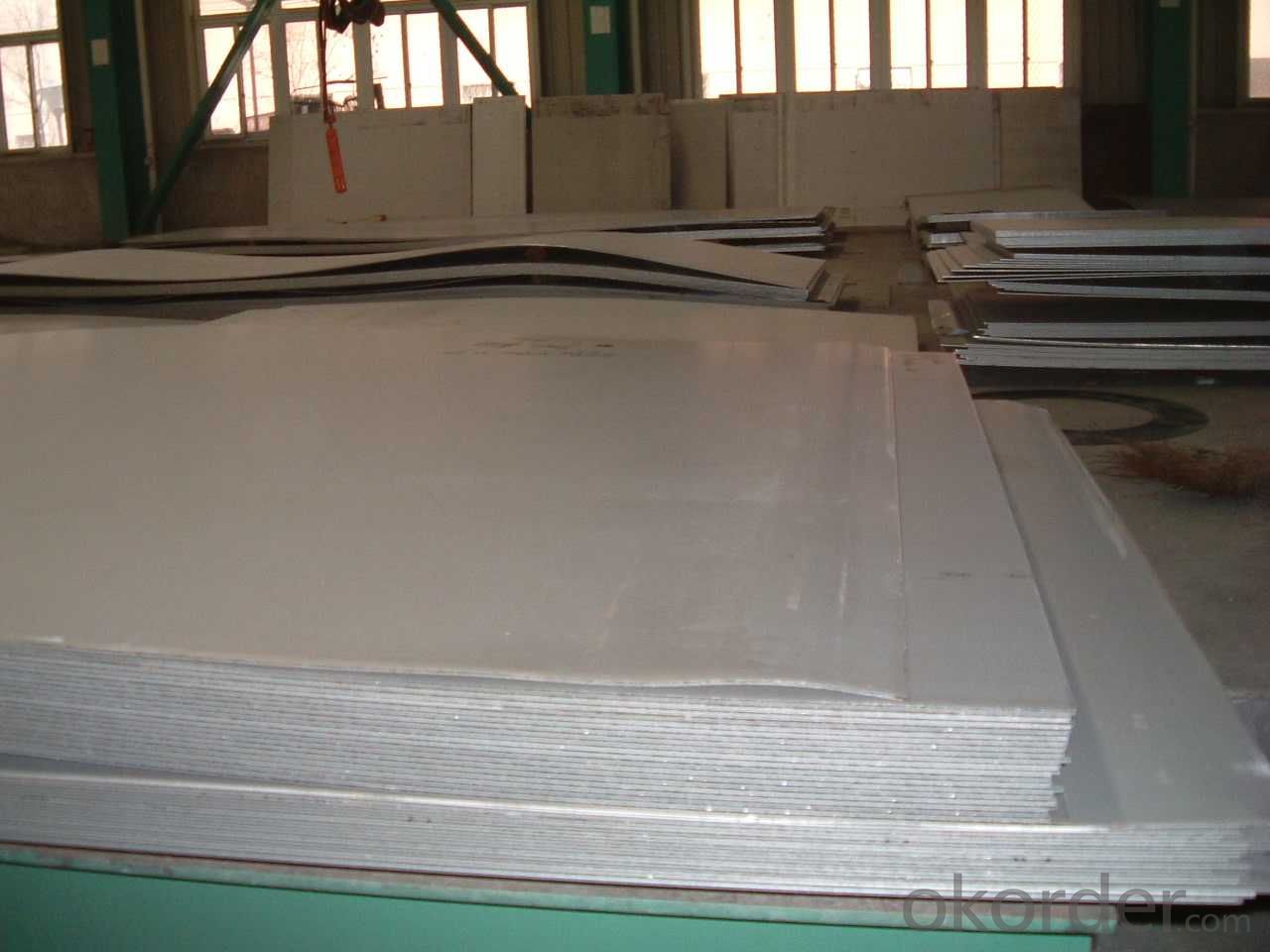
Application :
•Escalator, Elevator, Doors
•Furniture
•Production tools, Kitchen appliances, freezers, cold rooms
•Auto Parts
•Machinery and Packaging
•Equipment and Medical devices
•Transport system
Packaging and Loading
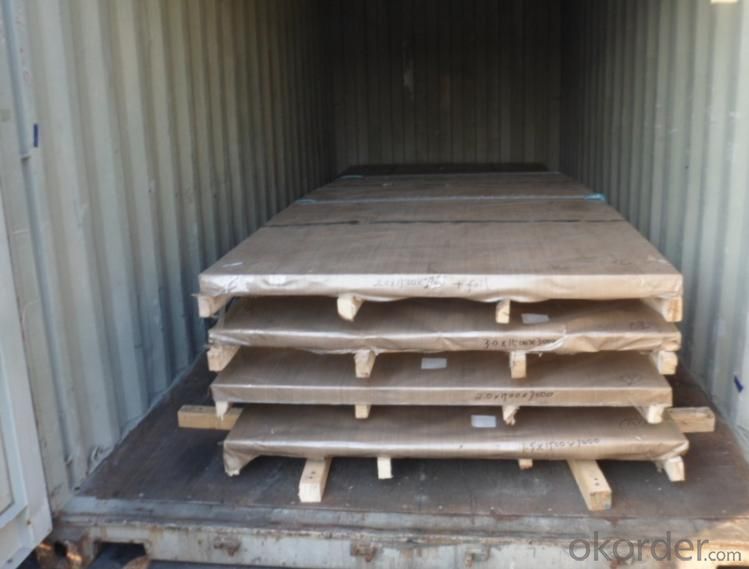
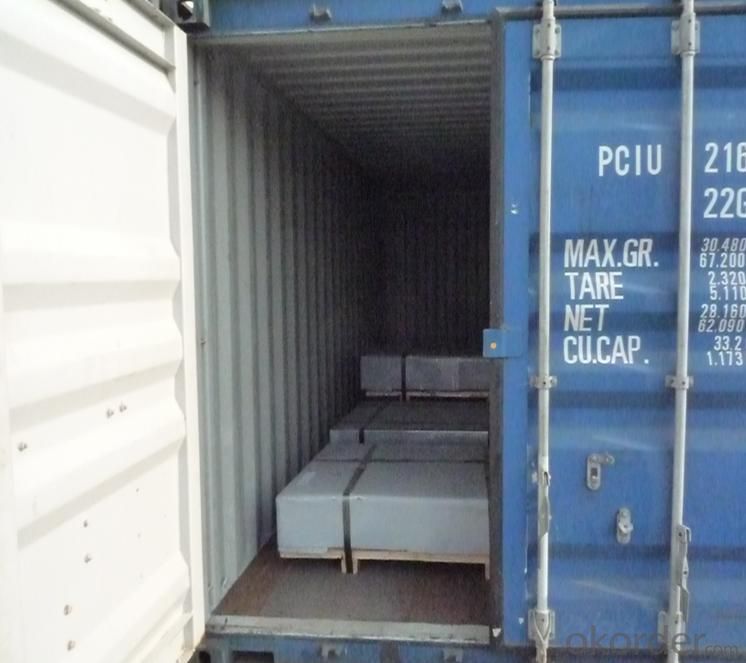
- Q: Can the tile be directly attached to the stainless steel plate?
- Can be posted directly, with ordinary acid glass glue on the line, the real stainless acid, acid, glass, adhesive force a little stronger.
- Q: Are stainless steel sheets corrosion-resistant?
- Indeed, corrosion is not a concern when it comes to stainless steel sheets. This type of steel is engineered to resist corrosion and staining, making it exceptionally well-suited for a wide range of uses. The presence of abundant chromium in stainless steel prompts the formation of a protective layer on its surface, effectively warding off the development of rust and corrosion. Consequently, stainless steel sheets are highly suitable for deployment in environments prone to moisture, chemicals, or other corrosive agents. Moreover, their ability to endure high temperatures and exhibit remarkable durability further bolsters their resistance to corrosion.
- Q: How are stainless steel sheets manufactured?
- Stainless steel sheets are manufactured through a multi-step process that involves several key stages. The production begins with the melting of raw materials, including iron ore, chromium, and nickel, in an electric arc furnace. This process helps to eliminate impurities and create a molten metal. Once the molten metal is obtained, it is cast into slabs or billets. These slabs are then hot rolled, which involves passing them through a series of rollers to reduce their thickness and increase their length. This initial rolling process also helps in refining the grain structure of the steel, making it more uniform. After hot rolling, the steel is pickled and annealed to remove any scale or impurities formed during the initial rolling process. Pickling involves immersing the steel in a bath of acid to remove the surface oxide layer, while annealing is a heat treatment process that helps to reduce internal stresses and improve the steel's ductility. Following pickling and annealing, the steel is cold rolled. Cold rolling involves passing the annealed steel through a set of rollers at room temperature to further reduce its thickness and improve its surface finish. This process also imparts the desired mechanical properties to the stainless steel sheets. Once the desired thickness is achieved through cold rolling, the stainless steel sheets are subjected to various finishing processes. These may include surface treatments like polishing, embossing, or etching to enhance the appearance and texture of the sheets. Additionally, the sheets can be cut to size using shearing or laser cutting techniques. Finally, the stainless steel sheets undergo quality control checks to ensure they meet the required specifications. This includes inspecting the dimensions, surface finish, and mechanical properties of the sheets. Once approved, the sheets are ready for packaging and distribution to various industries that utilize stainless steel in their applications. Overall, the manufacturing process of stainless steel sheets involves a combination of melting, casting, hot rolling, pickling, annealing, cold rolling, and finishing. This meticulous process ensures the production of high-quality stainless steel sheets that possess excellent corrosion resistance, strength, and aesthetic appeal.
- Q: What's the difference between stainless steel 302 and 304?
- Plate type heat exchanger, corrugated pipe, household appliances (1, 2 kinds of tableware, kitchen cabinet, indoor pipeline, water heater, boiler, bath), auto parts (windshield wiper, muffler, mold), medical appliances, building materials, chemical, food industry, agriculture, marine parts, millet mobile phone etc.. 304 stainless steel is a nationally recognized food grade stainless steel.
- Q: Can stainless steel sheets be used for magnetic shielding?
- Yes, stainless steel sheets can be used for magnetic shielding. Stainless steel has a high permeability, which means it can redirect and absorb magnetic fields, making it an effective material for shielding against magnetic interference.
- Q: Can stainless steel sheets be used for chemical mixing tanks?
- Yes, stainless steel sheets can be used for chemical mixing tanks. Stainless steel is a popular choice for chemical mixing tanks due to its excellent corrosion resistance and durability. It is resistant to a wide range of chemicals and can withstand high temperatures, making it suitable for various chemical mixing applications. Stainless steel sheets are easy to clean and maintain, ensuring the purity of the mixed chemicals. Additionally, stainless steel is non-reactive, which means it does not interact with the chemicals being mixed, ensuring the integrity of the mixture. Overall, stainless steel sheets are a reliable and efficient material choice for chemical mixing tanks.
- Q: What is the elongation percentage of stainless steel sheets?
- The elongation percentage of stainless steel sheets can vary depending on the grade and thickness of the sheets, but typically ranges from 40% to 60%.
- Q: Can stainless steel sheets be used in architectural designs?
- Certainly, architectural designs can definitely incorporate stainless steel sheets. Stainless steel is a highly adaptable material that offers numerous advantages for architectural purposes. It is renowned for its durability, resistance to corrosion, and attractive appearance, which has made it a favored option among architects and designers. Stainless steel sheets can be utilized in various architectural elements, including cladding, roofing, facades, and decorative features. The sleek and contemporary look of the material adds a touch of sophistication to any design, whether it be a residential building, commercial structure, or public space. One of the primary benefits of stainless steel sheets is their ability to resist corrosion, making them suitable for both interior and exterior use. They can withstand severe weather conditions, UV radiation, and pollutants, ensuring a long-lasting and low-maintenance solution for architectural projects. Furthermore, stainless steel sheets are available in a variety of finishes, such as brushed, polished, and patterned, allowing architects to create distinctive and visually appealing designs. The material can be easily shaped, welded, and fabricated into various forms, enabling architects to achieve their desired architectural vision. Stainless steel sheets also provide excellent fire resistance, making them ideal for applications where safety is a priority. They are non-combustible and have a high melting point, offering additional protection in the event of a fire. Moreover, stainless steel is an environmentally friendly choice. It is 100% recyclable, with a high recycling rate, reducing the demand for new raw materials and helping to minimize waste. In summary, stainless steel sheets are a versatile and durable material that can be effectively utilized in architectural designs. Their resistance to corrosion, aesthetic appeal, fire resistance, and sustainability make them a popular choice among architects and designers for a wide range of applications.
- Q: Are stainless steel sheets safe for medical applications?
- Yes, stainless steel sheets are safe for medical applications. They are widely used in the medical industry due to their excellent corrosion resistance, biocompatibility, and durability. Stainless steel is easy to clean, sterilize, and maintain, making it suitable for surgical instruments, medical devices, and equipment used in healthcare settings.
- Q: What are the different types of stainless steel sheet alloys?
- There are several different types of stainless steel sheet alloys, including austenitic, ferritic, martensitic, and duplex stainless steel. Each alloy has unique characteristics and is suitable for various applications based on factors such as corrosion resistance, strength, and heat resistance.
Send your message to us
Stainless steel plate/sheet 304,201,202,310,316L,316Ti,304L,410,420,430,444
- Loading Port:
- Shanghai
- Payment Terms:
- TT OR LC
- Min Order Qty:
- 500 m.t
- Supply Capability:
- 5000000 m.t/month
OKorder Service Pledge
OKorder Financial Service
Similar products
Hot products
Hot Searches
Related keywords
